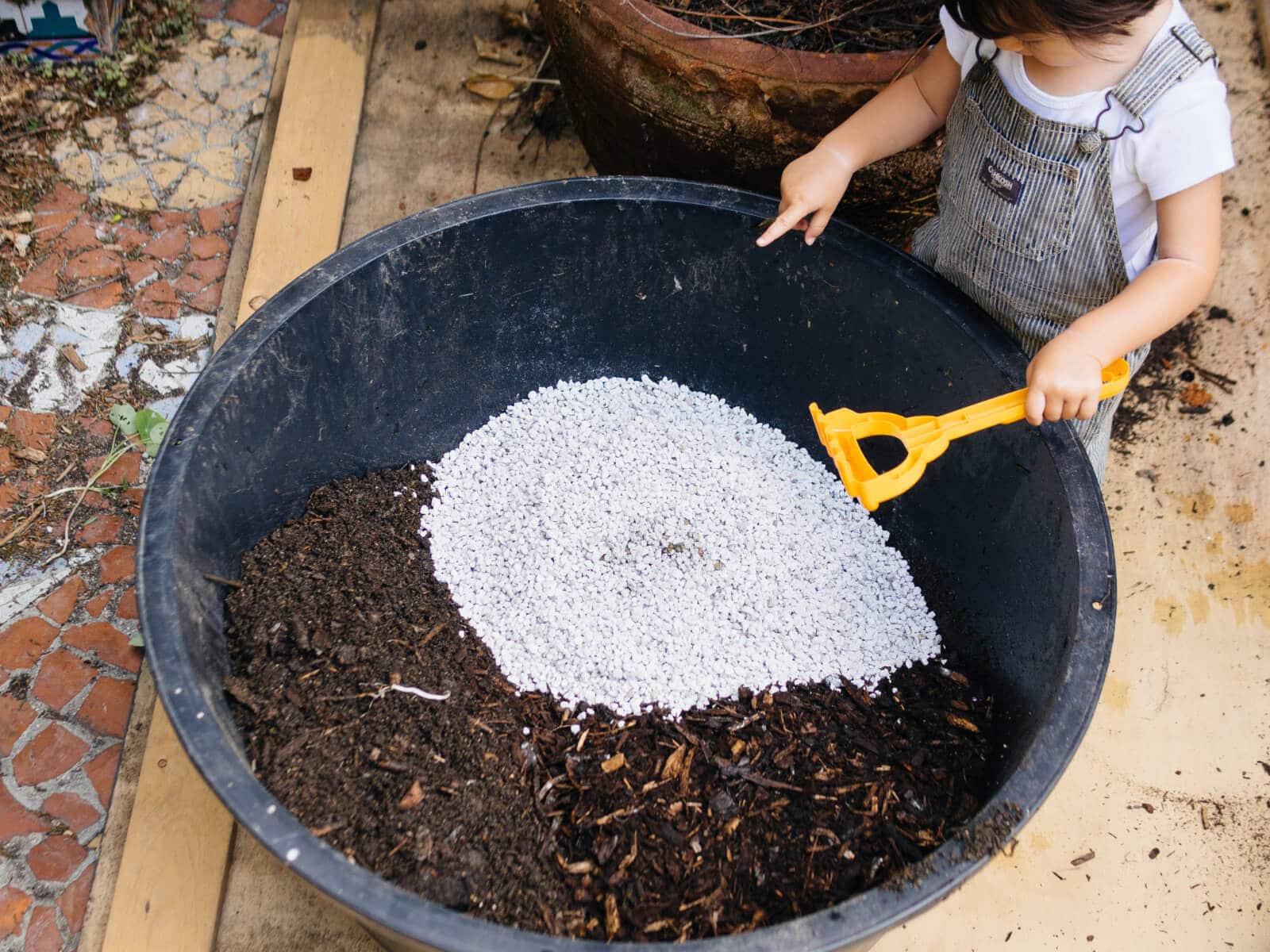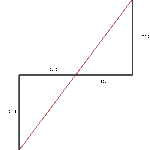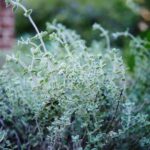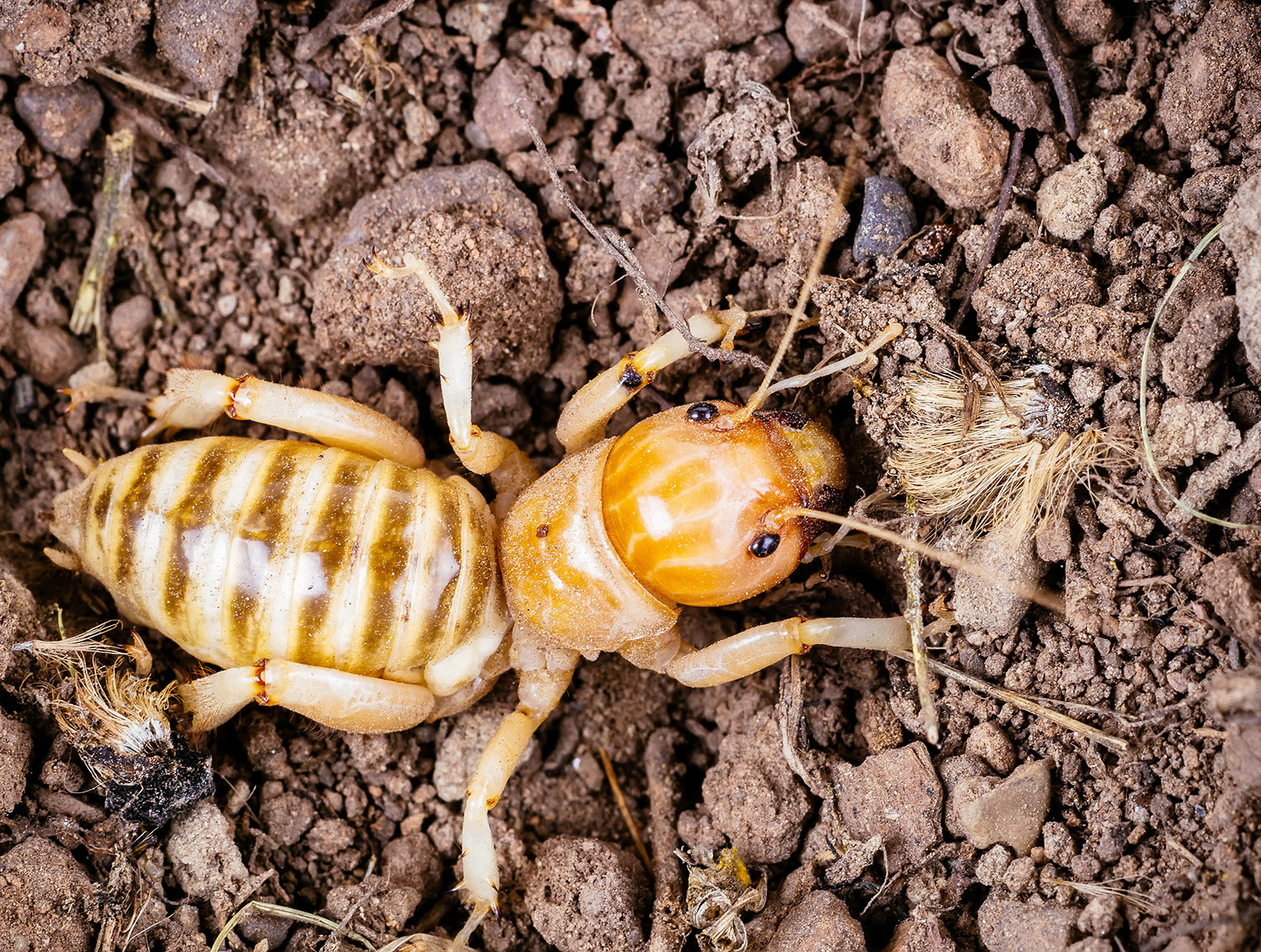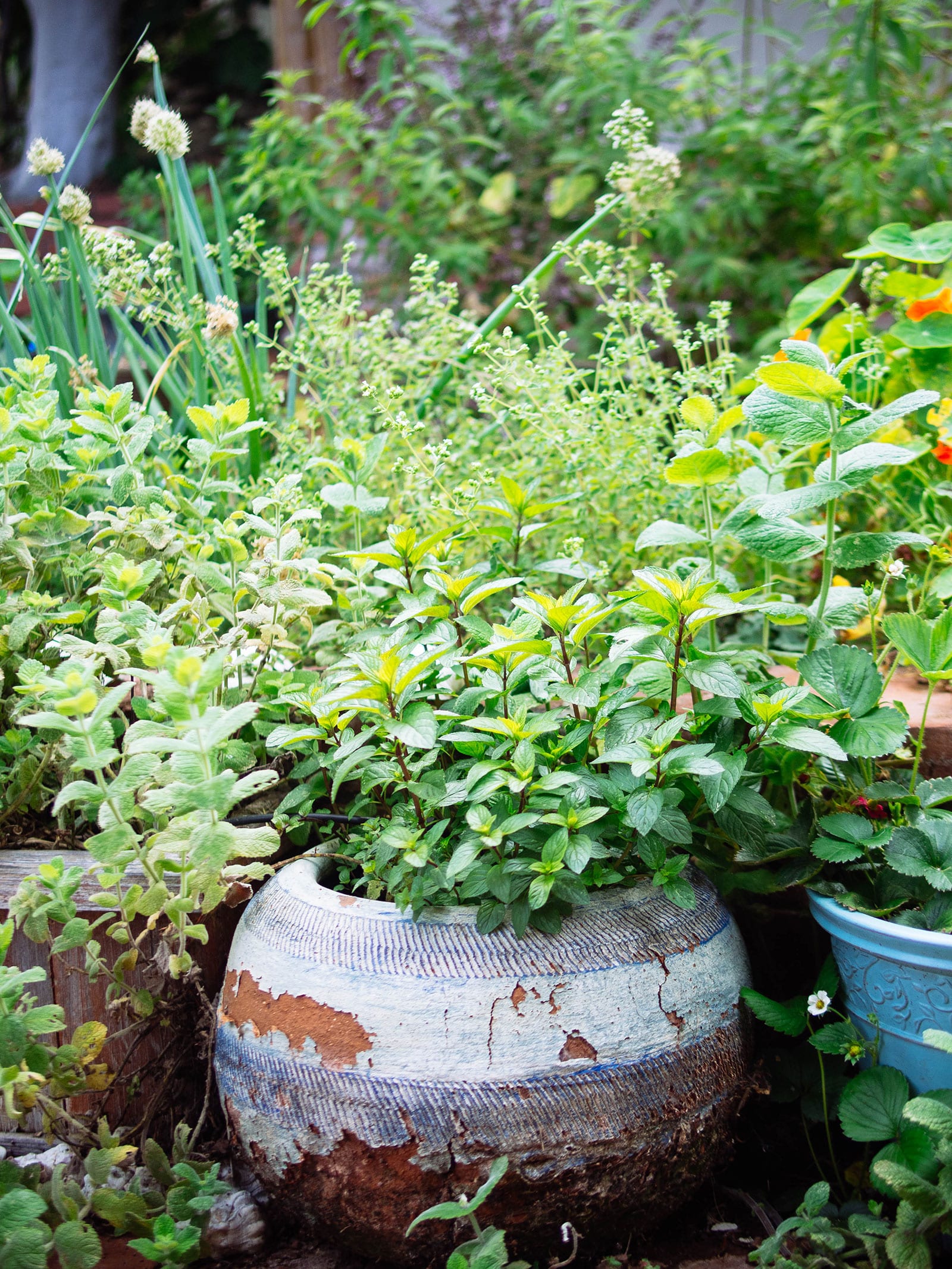Perlite is an invaluable asset for gardeners and plant enthusiasts, enhancing soil properties and fostering robust plant growth. Discovering how to use perlite to improve soil can lead to a garden that flourishes with vibrant, healthy plants. This naturally occurring volcanic glass serves as a soil amendment with its unique ability to retain moisture while promoting aeration and drainage.
Whether you’re dealing with indoor potted plants or expansive outdoor beds, integrating perlite into your horticultural practices can yield impressive results. Let’s delve into the specifics of perlite and its benefits for your garden.
What is perlite?
Perlite is a form of natural glass derived from volcanic rock. Its white appearance comes from the expansion process it undergoes when heated at high temperatures. This expansion creates a lightweight, porous material that is excellent for soil amendment.
Often confused with Styrofoam, perlite is in fact a mineral that is completely natural. Its porous nature allows it to trap air and moisture, which are then gradually released to plant roots, fostering ideal growing conditions.
As a soil additive, perlite is revered for its neutral pH, ensuring that it won’t disrupt the delicate balance of your soil composition. It’s an indispensable tool for gardeners aiming to enhance soil structure and plant health.
How is perlite made?
Perlite’s creation process is quite fascinating. The raw volcanic rock is first mined and then crushed into smaller pieces. These granules are then heated to temperatures around 850°C-900°C (1,560°F-1,650°F), causing the water content within the rock to vaporize and expand.
The heat causes the perlite to pop like popcorn, expanding it up to 20 times its original size. The result is a lightweight, sterile, and white substrate that’s ready to be mixed into garden soils or potting mixes.
This expansion process not only increases the volume of the perlite but also creates its characteristic porous surface, which plays a crucial role in improving soil structure.
Is perlite organic?
While perlite is a naturally occurring mineral, its inorganic nature means it doesn’t decompose or provide nutritional content to the soil. However, it is considered a safe and suitable amendment for organic gardening, often listed by the Organic Materials Review Institute (OMRI) for use in certified organic production.
Perlite’s inert properties make it an excellent choice for those looking to enhance soil structure without the risk of introducing pathogens or chemicals found in some organic matter.
Its use in organic gardening showcases perlite’s versatility and compatibility with sustainable horticultural practices.
How to use perlite for your plants?
Integrating perlite into your soil is straightforward. For container gardening, a common ratio is one part perlite to two parts potting soil. This provides ample aeration and moisture retention for potted plants.
When preparing soil for seed starting or propagation, a higher proportion of perlite can be used to ensure the delicate roots of young plants have enough oxygen and water.
For garden beds or outdoor applications, mix perlite into the topsoil to a depth of 6 to 12 inches. This will improve drainage and aeration, especially in compacted or clay-heavy soils.
Remember, the amount of perlite used should be tailored to the specific needs of your plants and the type of soil you’re working with.
What are the benefits of using perlite in the garden?
- Improves soil aeration, allowing roots to access oxygen more readily.
- Enhances drainage, reducing the risk of waterlogging and root diseases.
- Helps maintain consistent soil moisture levels, essential for plant health.
- Creates an ideal environment for root development and nutrient uptake.
- Is pH-neutral and will not alter the acidity or alkalinity of the soil.
Does perlite cause fluoride burn in plants?
Fluoride burn is a concern with some soil amendments, but perlite is typically safe in this regard. The manufacturing process of perlite involves high temperatures that effectively eliminate any fluoride present in the volcanic rock.
However, it is always prudent to purchase perlite from reputable sources to ensure that it has been processed correctly and is suitable for horticultural use.
Using perlite in your garden should not pose a risk of fluoride burn to your plants, allowing you to enhance your soil with peace of mind.
Where to buy perlite?
Perlite is widely available and can be found in most garden centers, home improvement stores, and online retailers. It’s usually sold in various size bags, allowing you to purchase the quantity that suits your gardening needs.
When purchasing perlite, ensure it’s intended for horticultural use and is of a reputable brand to guarantee the best results for your plants.
Perlite alternatives?
If perlite is not available or you’re looking for different soil amendments, there are alternatives to consider:
- Vermiculite: Another mineral substance that improves moisture retention and aeration but retains water more than perlite.
- Pumice: A volcanic rock that offers similar benefits to perlite and is especially good for heavy soils.
- Sand: While not as effective for aeration, coarse sand can improve drainage in dense soils.
- Rice hulls: An organic option that improves soil texture and biodegrades over time.
How much perlite should I add to my soil?
The amount of perlite needed depends on the type of plants and the soil’s existing conditions. Generally, a mix of 10-40% perlite to soil is effective for most applications, providing a balance between aeration, moisture retention, and stability.
For seed starting or cuttings, a higher ratio of up to 50% perlite may be beneficial. For heavy soils, such as clay, adding more perlite can help break up the density and improve root growth.
Frequently Asked Questions on Perlite Usage
Can you put perlite on top of soil?
While perlite is generally mixed into the soil, it can also be used as a top dressing for pots to reduce moisture evaporation and keep the surface dry, which can help prevent fungal diseases like mildew in certain conditions. However, for maximum effectiveness, incorporating it into the soil is recommended.
How much perlite should I add to my soil?
The quantity of perlite to use can vary, but a general guideline is to add approximately 10-40% perlite by volume to the soil. Adjust the ratio based on the specific needs of the plants and the condition of the soil.
Do you soak perlite before using?
Pre-soaking perlite is not typically necessary as its porous nature allows it to quickly absorb water once mixed into the soil. However, pre-moistening can help reduce dust during handling and is a matter of personal preference.
What are the downsides of perlite?
Despite its many benefits, perlite does have a few drawbacks. It can create dust that is irritating to the lungs and eyes, so always handle it with care, preferably outdoors or in a well-ventilated area. It’s also prone to floating to the top of the soil when watered, which can be mitigated by thorough mixing.
As we explore the nuances of using perlite in gardening, it’s clear that its benefits often outweigh its drawbacks. To illustrate its practical application, let’s take a look at a video explaining its use in more detail:
In conclusion, understanding how to use perlite to improve soil and boost plant growth is a key skill for gardeners. By incorporating this versatile substance into your gardening routine, you can create an environment that encourages healthy root development and vigorous plant growth. Whether you’re an amateur enthusiast or a seasoned horticulturist, perlite is a resource that can significantly enhance your gardening success.

